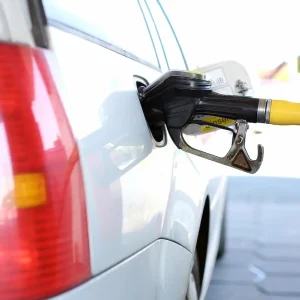The Government has dropped one of three proposed options for a new road system to the east of London to supplement the existing Dartford crossing.
Plans to connect the A2 Swanscombe Peninsula with the A1089 in Thurrock have been shelved, leaving two remaining options.
The move is part of the Government’s project to create a new Lower Thames crossing, with the intention of relieving congestion.
The two remaining options are connecting the M2 with the A13 and M25 between junctions 29 and 30 or using the existing site on the A282 Dartford-Thurrock crossing.
The decision was made following a consultation launched in May 2013, which asked businesses and the public for feedback on three options for a new crossing.
At the time the consultation was launched, the Government claimed a final decision would be made in autumn 2013.
Transport secretary Patrick McLoughlin said: “We had over 5700 responses to the consultation and we have carefully considered each of them.
“Ruling out the least attractive option now gives some clarity for local residents and businesses.”
He continued: “We are committed to making a decision on the location of the new crossing as soon as possible, but we recognise that whatever crossing location is chosen, it will have significant impact for people in the area and the economy.”
The Government maintains that ‘free flow’ will be introduced at the Dartford-Thurrock crossing from October 2014.
The crossing currently operates on a toll booth system, which is notorious for its congestion.
The proposed free flow system will remove the existing toll booths and allow users to pay remotely, in a similar fashion to the London congestion charge.
The move follows a string of gradual increases in the Dartford crossing fee in recent years. A rise of a third was implemented in October 2012, which saw the rate for cars increase from £1.50 to £2 and a 50% rise from £1 to £1.50 in 2008.





